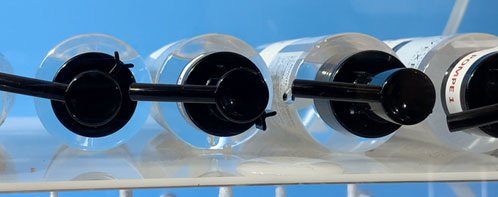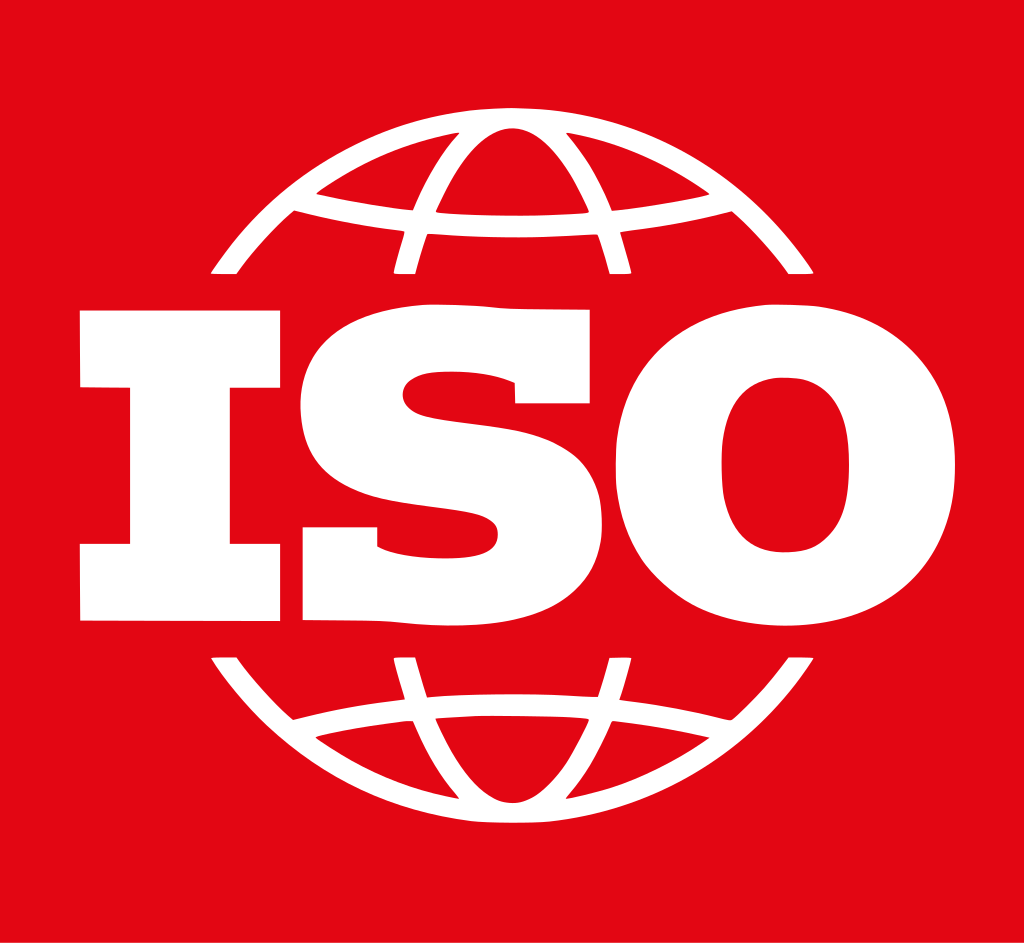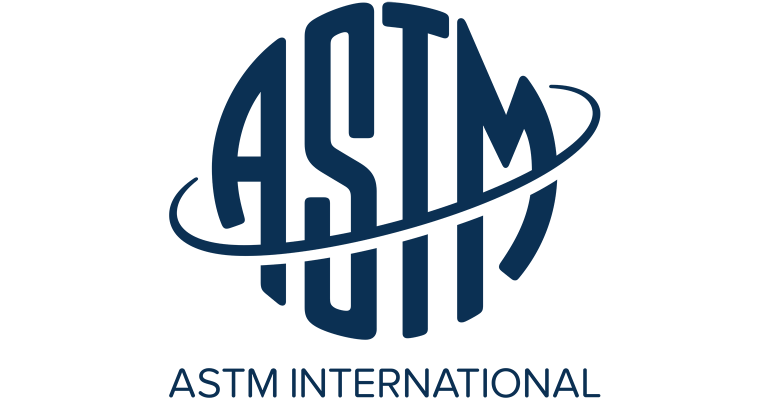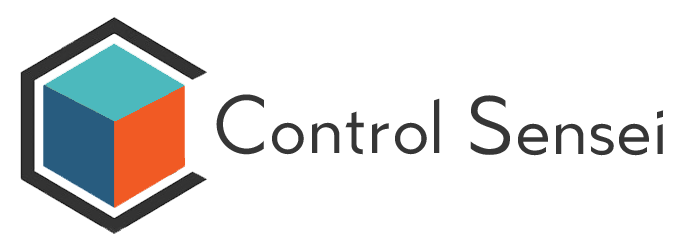
In this series of articles, we are going to tackle the tricky subject of appliance standardisation.
But before discussing the various standards, their applications and the products they cover, we will try to define the concept of a standard.
“A rule setting out the conditions for performing an operation, executing an object or producing a product whose use is to be standardised or interchangeability ensured.“
Dictionnaire Larousse
This definition is self-explanatory, very clear and provides essential information on what a standard is. But to go further, we’re going to try and read between the lines…
First and foremost, a standard is a document that defines rules and guidelines. It is drafted by involving all the stakeholders in a subject: manufacturers, users, inspection laboratories, test laboratories, institutional bodies, etc. It is validated by a specific body: ISO for global standards, CEN for European standards and several national bodies in different countries around the world.
The standard is the joint expression of a need on a particular subject.
The standard must benefit as many people as possible by improving quality and safety and reducing the cost of a technology or service.
It must be the tool of a common market with unified rules.
It is neither regulatory, nor a law, nor an obligation. This is the essential point. Some standards may be linked to directives governing a specific market. In such cases, it is these directives that oblige manufacturers to comply with regulatory requirements.
Take the example of CE marking, which can be seen as a standard. If we take all the directives that must be applied to each category of product, we define a legal framework based on legal obligations. For example, appliances powered by electricity (220V in France) must be tested to verify compliance with the EMC (Electromagnetic Compatibility) directive: IEC 61326-1 | Directive 2014/30/EU and the low voltage directive: EN 61010-1 | Directive 2014/35/EU.
You will notice in this example that we have to check 2 directives issued by 2 bodies that do not cover the same territory. The first concerns a “global” standard issued by the International Electrotechnical Commission: IEC, while the second simply concerns the European market and is issued by the CEN (European Committee for Standardisation): EN.
You will also notice that some directives have a revision year in their numbering. Over time, directives evolve and changes are incorporated into them. You will therefore need to specify the year of revision of the directive with which the product was tested.
For this type of “CE marking” standard, there are legal obligations requiring manufacturers to test their equipment before placing it on the market.
Standards normally make it possible to improve or optimise performance, facilitate trade, speed up innovation and facilitate technology transfer.
They make technological progress available to as many people as possible.
But beware: some standards do not specify all the elements you will need to establish your recommendations. Some European standards do not specify minimum performance levels or on-site test procedures…
Different types of standards :
There are several types of standards, which we will describe below:
- “Fundamental” standards concerning terminology, conventions, signs and symbols, etc.
- “Test methods and analysis standards”, which concern the measurement of physical characteristics: temperature, tightness, chemical composition, etc.
- “Specification” standards which define the characteristics of a product (product standards) or a service (service activity standards) and their performance thresholds, such as suitability for use, interface and interoperability, health and safety, environmental protection, etc.
- “Organisational” standards that describe a company’s functions and relationships, as well as elements such as quality management and assurance, maintenance, value analysis, logistics, project or system management, production management, etc.
Standardisation organisations
At a global level, it is the ISO consortium (International Organization for Standardization) that defines standards.

At continental level in Europe, the CEN (European Committee for Standardisation) publishes and validates standards.

At national level, each country has its own standards body. In France there is AFNOR (Association française de normalisation), in Germany DIN (Deutsches Institut für Normung)…

In the United States, the organisation is called ASTM: American society for testing material. It publishes and validates standards. Many of them are also used in Europe when there is no equivalence.

At European level, products and appliances are required to obtain the CE mark in order to circulate freely on the common market.
However, this does not mean that they comply with any standards, which are purely informative and not mandatory. They are simply subject to the relevant directives…
All manufacturers must be able to submit reports on tests carried out against a standard/directive if the standard specifies mandatory tests to be carried out.
In terms of the links between the various standards-issuing bodies, an international standard takes precedence over a continental standard, which in turn takes precedence over a national standard. But the reverse is not true. A national standard has no value in another country or continent.
Standards that can be applied to packaging
Let’s now look at the standards that apply to our products and more specifically to the packaging market.
The following list is not exhaustive, it is based on customer cases and most of the standards I am going to present here are ASTM standards published in the United States.
- ASTM D3078 – 02: Standard Leak Test Method for Determination of Leaks in Flexible Packaging by Bubble Emission / Méthode d’essai de fuite standard pour la détermination des fuites dans les emballages flexibles par émission de bulles.
- ASTM F2096 – 11: Standard Test Method for Detecting Gross Leaks in Packaging by Internal Pressurization (Bubble Test) / Méthode d’essai standard pour détecter les fuites grossières dans les emballages par pressurisation interne (test de bulle)
- ASTM E515 – 05: Standard Test Method for Leaks Using Bubble Emission Techniques/Méthode d’essai standard pour Fuites à l’aide de techniques d’émission de bulles
- ASTM F1929 – 15: Standard Test Method for Detecting Seal Leaks in Porous Medical Packaging by Dye Penetration / Méthode de test standard pour la détection des fuites de joint dans les emballages médicaux poreux par pénétration de colorant
- ASTM F3039 – Detecting Leaks in Nonporous Packaging or Flexible Barrier Materials by Dye Penetration / Détection de fuites dans des emballages non poreux ou des matériaux barrière flexibles par pénétration de colorant.
- NF EN 868-5 – ISO 11607-2 : Methods for controlling the critical sealing parameters of Sterile Barrier Systems (SBS) in the medical environment.
- ASTM D6653 – ISO 2873 : Standard Test Methods for Determining the Effects of High Altitude on Packaging Systems by Vacuum Method / Méthodes d’essai standard pour déterminer les effets de la haute altitude sur les systèmes d’emballage par la méthode du vide.
- ASTM D4991 – 07(2015) : Standard Test Method for Leakage Testing of Empty Rigid Containers by Vacuum Method / Méthode d’essai standard pour les essais d’étanchéité des conteneurs rigides vides par la méthode du vide.
- ASTM D5094 – 04 : Standard Test Methods for Gross Leakage of Liquids from Containers with Threaded or Lug-Style Closures / Méthodes d’essai standard pour les fuites de liquides à partir de conteneurs avec des fermetures filetées ou à oreilles.
- ISO 8871-5 annex D : Specifies requirements and test methods for functional parameters of elastomeric closures used in combination with vials and when pierced by an injection needle.
- NF EN 12377 (2014) Packaging – Flexible tubes – Test method for determining the air-tightness of sealing plugs.
- ASTM D4169 – Tableau I: Risk of low pressure. When packaged products are transported by certain methods, the pressure drop must be taken into account. These methods include overland routes via feeder aircraft or mountain passes.
Over the coming months, we’ll be taking a closer look at the use of these different methods, highlighting their advantages and disadvantages and, above all, their limitations in terms of sensitivity and the type of products that can be tested.
If you would like information on these different standards and how to apply them, please do not hesitate to contact us:





